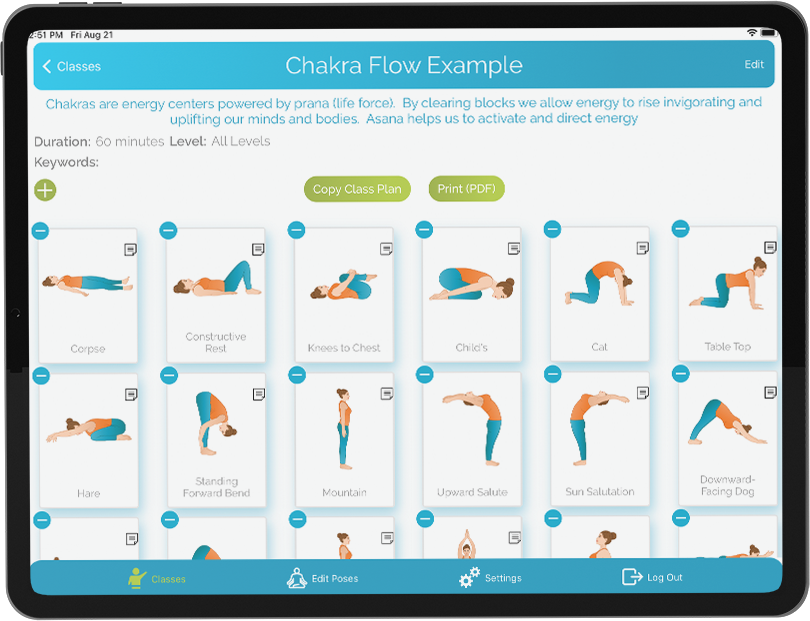Pigeon Pose
Kapotasana

STEPS
Pigeon pose is a deep back bending pose that is suitable for advanced practitioners. This pose stretches the back, throat and specifically the hip flexors. Although this pose looks similar to the wheel pose or bridge pose, this pose works on establishing a deeper connection with the upper and lower body while using the gravitational pull. Sometimes there is some confusion among Yoga teachers between One legged pigeon pose and classic pigeon pose. The former has is an intermediate pose which has one leg stretched out while the latter is an advanced pose which is practised kneeling.
To practice this pose, first be sure to have warmed up by practising a few preparatory poses such as downward dog, Wheel pose, Bow pose, Cobra pose.
Begin in Camel pose, by kneeling with your legs hip-width apart. Take a deep inhale lift your lower belly by extending your arms outwards and externally rotating your shoulders. Grab your ankles with your hands, ensure that your lower back is stable. Stay in the pose for a few minutes and breathe deeply. Come out of the pose by pushing forward with your knees while stabilising your core and exhale.
Remain kneeling and lift your hands over and above your head to bring your palms together. Try and focus again to lift and lengthen the spine from the pelvis. Try and open your chest wider by dropping your shoulders down your back. Exhale and stretch back slowly to allow your hands to reach the ground. At this point, the top of the head is not yet meeting the ground. Walk the hands outside the leg and hold your heel. Bring your elbows together and rest them on the mat gently. Your head now rests between your feet. Stay in this posture for five breaths or as long as you are comfortable and breathing.
To release this pose, place your hands near your feet on the mat while extending the elbows. Try not to overextend your hand while exiting the pose. Press into your knees and feet and lift up on an inhale to exit this pose.
TEACHER QUEUES
VISUALIZATION COMMENTS
Stretch and extend the hands backwards and opening the upper body. Aim first to reach the hands on the external side of each foot. Place the elbows in line with the hands and cup the heel. Imagine being drawn up by the belly button while resting the head comfortably between the feet.
TECHNICAL COMMENTS
It is essential to keep the knees and feet engaged while approaching this pose. Stabilising the lower back while stretching backwards. Gaze back extend neck and hands to create length through the upper body. Keep the elbows stacked and the hands closer to the feet.
BENEFIT COMMENTS
Increases flexibility in the hip region Stretches and stimulates internal organs in the upper body. Opens the chest and enables deep breathing. Stretches and stimulates the spine to allow for good blood circulation Helps in reducing sciatica. Strengthens the groins and lower back.
WATCH OUT FOR
Overextending the hands further away from the heel. Overextended elbows.
CONTRAINDICATIONS
Avoid pose if you have a serious back injury or spinal cord injury Hypertension A migraine
MODIFICATIONS
Practice the backbend with the help of the wall. Use a strap around elbows to maintain alignment.
VARIATIONS
Camel Pose – Ustrasana Wheel Pose – Dhanurasana Bridge Pose – Setu bandhasana
YOGA COUNTER POSES
Baby pose – Balasana Seated forward bend – Paschimothanasana
Written By: Adithi
Adithi Mathews is a 500 Hr CYT,yoga practitioner and writer living in Germany. More information about Adithi can be found on www.adithimathews.com



